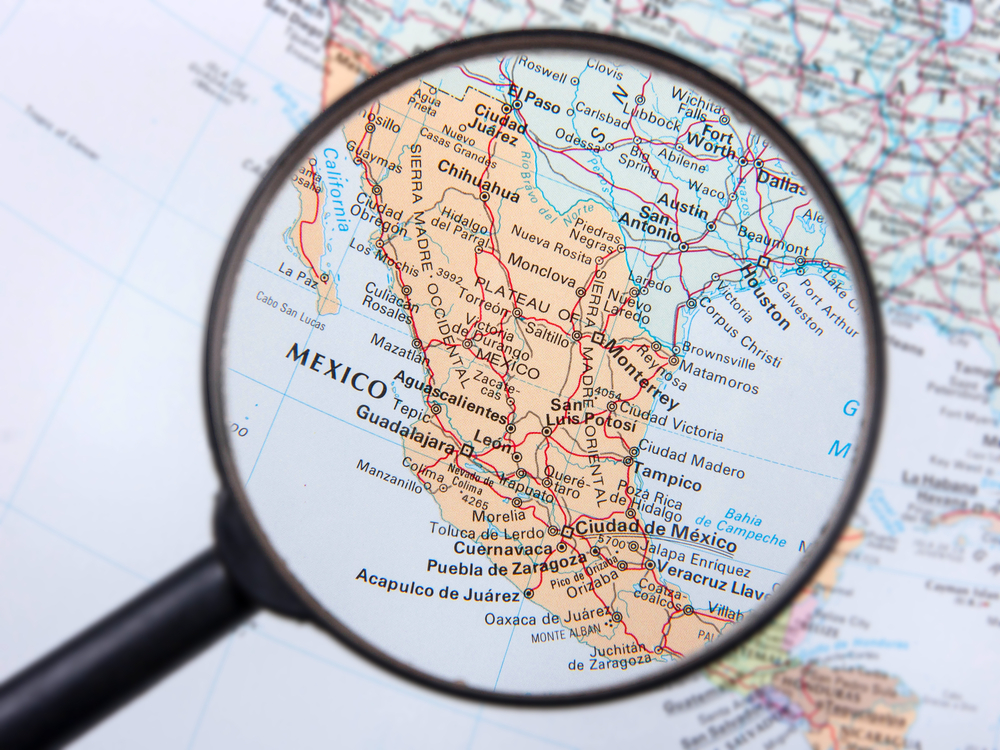First developed by Motorola in the early 1980s, Six Sigma is a collection of quality management strategies that identifies and removes errors from manufacturing processes, improves productivity and enhances the development and fabrication of products.
Six Sigma is often linked with Lean manufacturing because the statistical methods often streamline operational processes. The majority of manufacturers try to implement aspects of Six Sigma - if not the entire set of strategies - to innovate their processes and products as well as keep up with the competition. While professionals can undergo Six Sigma training through certain organizations like the Lean Six Sigma Institute, which offers courses in Guadalajara, Jalisco, U.S. businesses don't have to adopt all of the techniques to successfully offshore their organizations. Six Sigma techniques can help companies start to lean their fabrication processes and supply chains if they are thinking about manufacturing in Mexico.
The elements of Six Sigma
According to the U.S. Environmental Protection Agency (EPA), each Six Sigma quality level signifies how often mistakes happen during the production process. One level can equate to about 3.4 defects per 1 million opportunities, and according to the EPA there's a set progression of phases Six Sigma manufacturers use. These are:
- Define
- Measure
- Analyze
- Improve
- Control
In the first part of an ongoing interview with Manufacturing Magazine, Mikel Harry, one of the key innovators of Six Sigma and president of the Six Sigma Management Institute, explained the more Sigma's an executive has, the greater benefit he or she will provide his or her employer. If a company employs many professionals with the highest Six Sigma certification, the better its processes and products will be.
"A Black Belt Six Sigma can expect to make at least $98,000 a year, without benefits," Harry explained. "Global annual surveys show that a typical Black Belt person saves about $250,000 per project. A Black Belt can plan and execute about four to five projects a year. Do the math. That equates to annual savings for the company of roughly $1 million. Now imagine a company with 2,000 Black Belts. That works out to $2 billion saved."
While employing many high ranking Six Sigma's greatly impacts a business, manufacturers don't need to ask their executives to undergo Six Sigma training to begin implementing a few of the strategies.
Offshoring creates opportunity to innovate and lean the production process
Expanding to Mexico provides manufacturers with numerous cost saving opportunities, and businesses can increase these benefits by using Six Sigma techniques by first defining certain product or manufacturing goals and understanding what areas need to be improved. Next, manufacturers can measure the existing processes to later examine how far the improvements have come. Thirdly, businesses can identify the foundational issues causing quality challenges, and then institute solutions to make the applicable processes more productive. Lastly, manufacturers can control their metrics by monitoring the improvements and enhancing their procedures and policies.
When offshoring to Mexico, this sequence of steps can help manufacturers optimize their processes to make the most of offshoring's advantages.
Subscribe
Sign up and stay informed with tips, updates, and best practices for manufacturing in Mexico.





